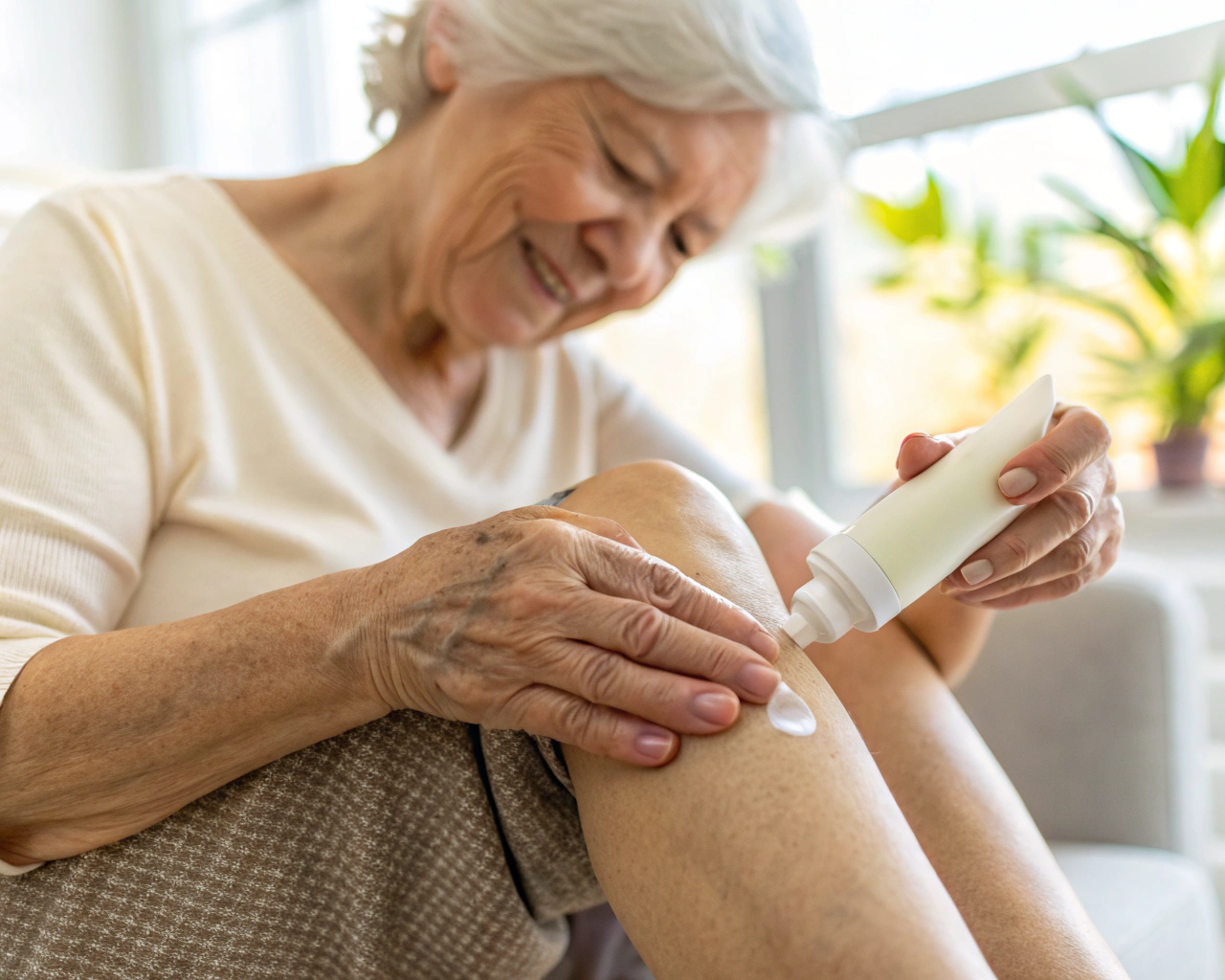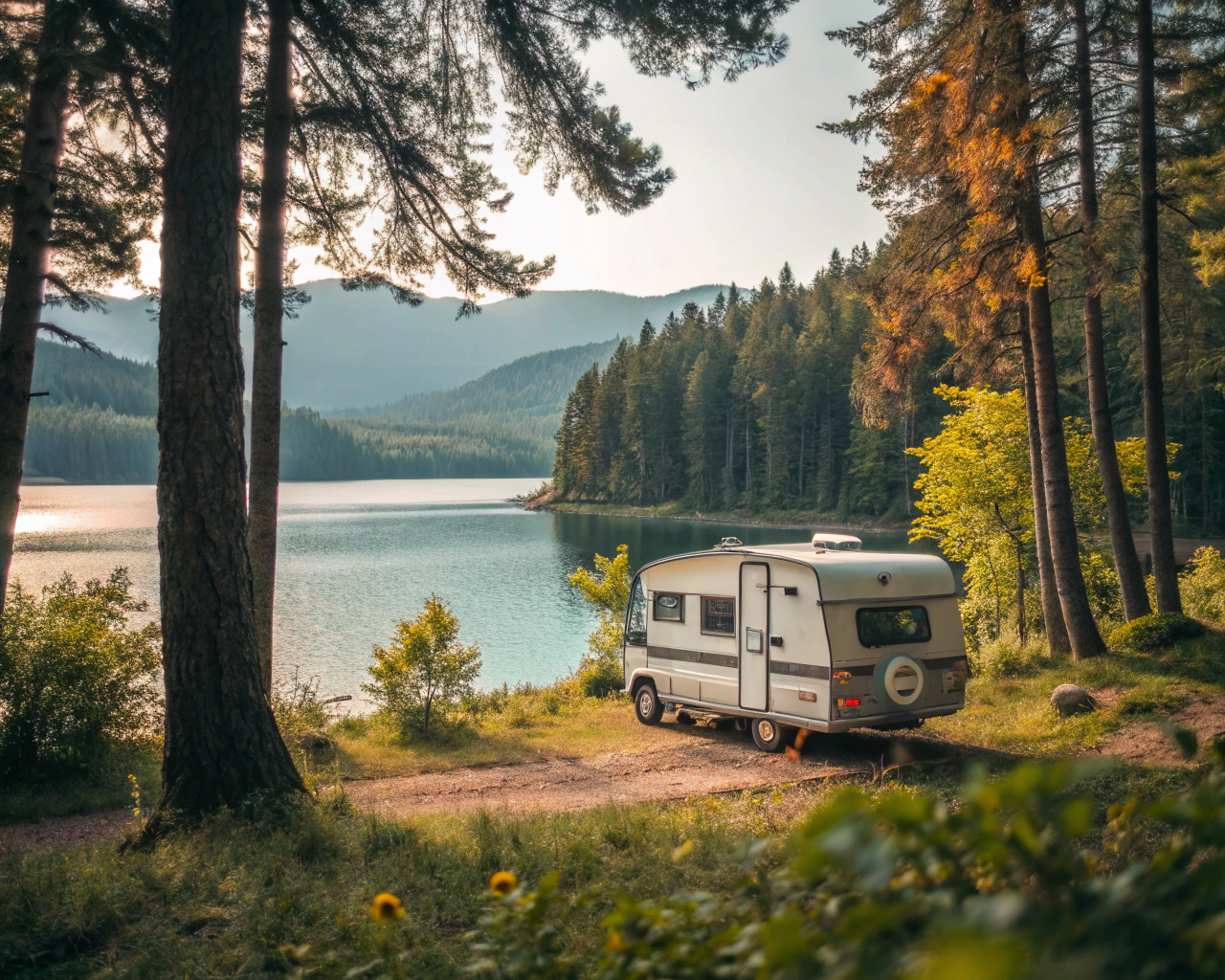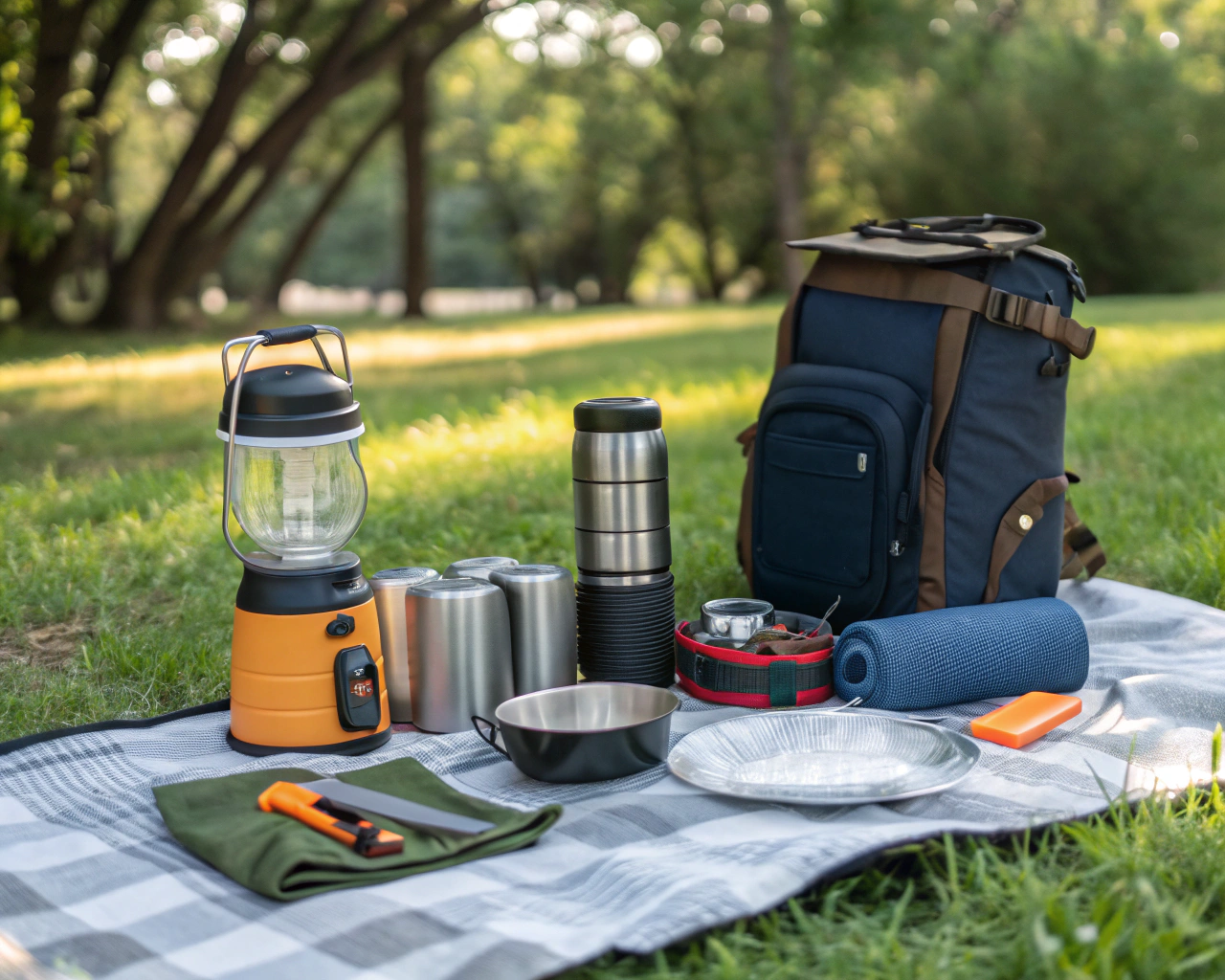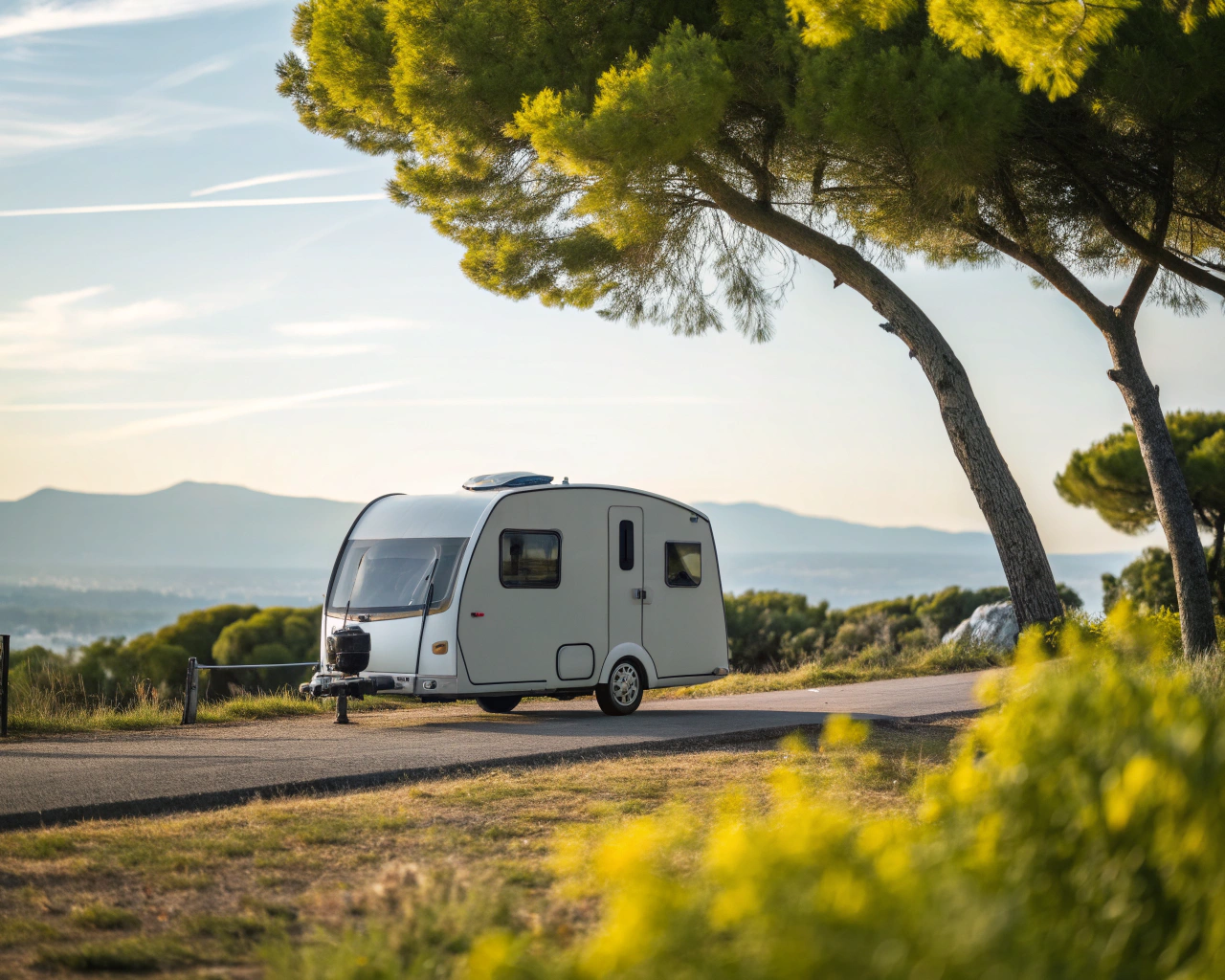Finding yourself shivering at 2 AM in an inadequate sleeping bag can ruin any outdoor adventure. Last summer, I made this exact mistake while camping in the Rockies—I brought my lightweight summer bag into the mountains where temperatures dropped unexpectedly. That long, miserable night taught me that selecting the right sleeping bag isn't just about comfort—it's about safety.
Whether you're a weekend camper or a seasoned backpacker, understanding how to choose the proper sleeping bag for your specific needs can make or break your outdoor experience. Let's explore everything you need to know about selecting the perfect sleeping bag for any environment you might encounter.
Understanding Temperature Ratings: What They Really Mean
Temperature ratings on sleeping bags often cause the most confusion for buyers. You might see a bag labeled as "20°F" and assume you'll be comfortable at that temperature—but that's not exactly how it works.
Decoding Standardized Ratings
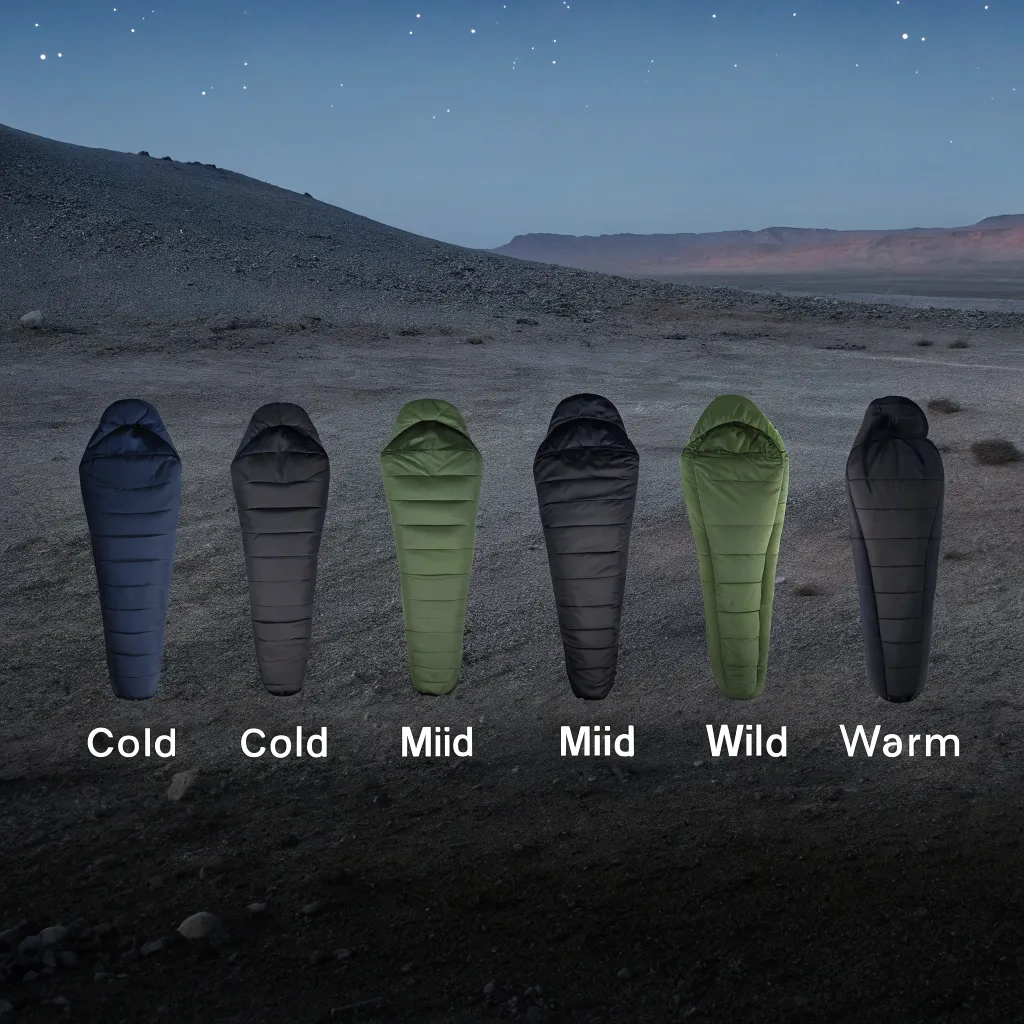
Most quality sleeping bags use either the EN (European Norm) or ISO (International Organization for Standardization) rating systems. These standardized tests measure two key metrics:
- Comfort rating: The temperature at which a cold sleeper (typically a woman) can sleep comfortably
- Lower limit rating: The temperature at which a warm sleeper (typically a man) can sleep without waking from cold
The temperature you see advertised is usually the lower limit, not the comfort rating. This means a 30°F bag might only be comfortable for most people down to about 40°F.
"The same exact 30°F rated bag was comfortable for me in freezing weather when I was hitting the gym every day, but too cold now when it gets to around 40°F," shared one Reddit user in the r/CampingGear community, highlighting how personal factors affect temperature ratings.
Personal Factors That Affect Warmth
Your experience in any sleeping bag will vary based on:
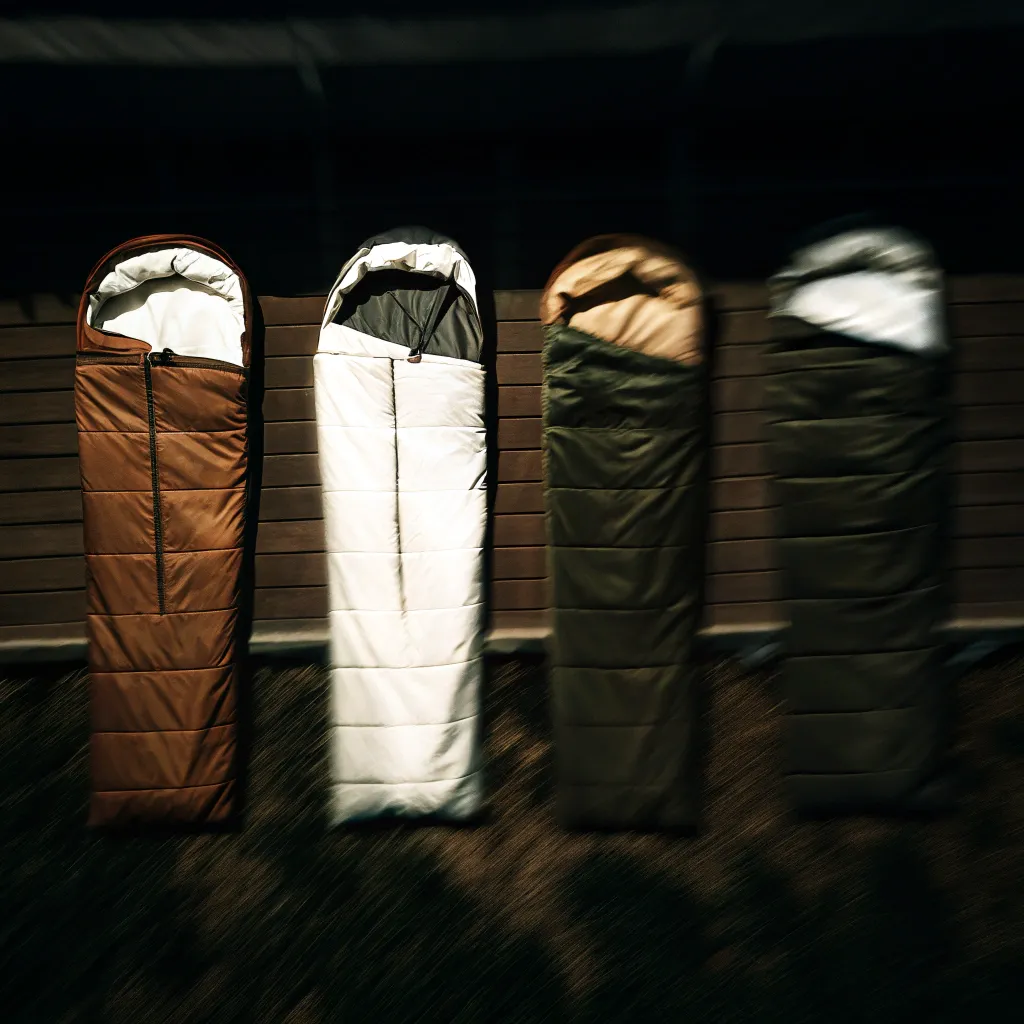
- Metabolism and circulation
- Body mass and fat percentage
- How recently you've eaten
- Hydration levels
- Fatigue
- Age (older campers often sleep colder)
When in doubt, experts at REI recommend selecting a bag rated at least 10-15 degrees lower than the coldest temperature you expect to encounter.
Insulation Types: Down vs. Synthetic
The type of insulation in your sleeping bag dramatically affects its performance in different conditions.
Down Insulation: Nature's Best Insulator
Advantages:
- Exceptional warmth-to-weight ratio
- Highly compressible
- Longer lifespan (10+ years with proper care)
- Better for cold, dry conditions
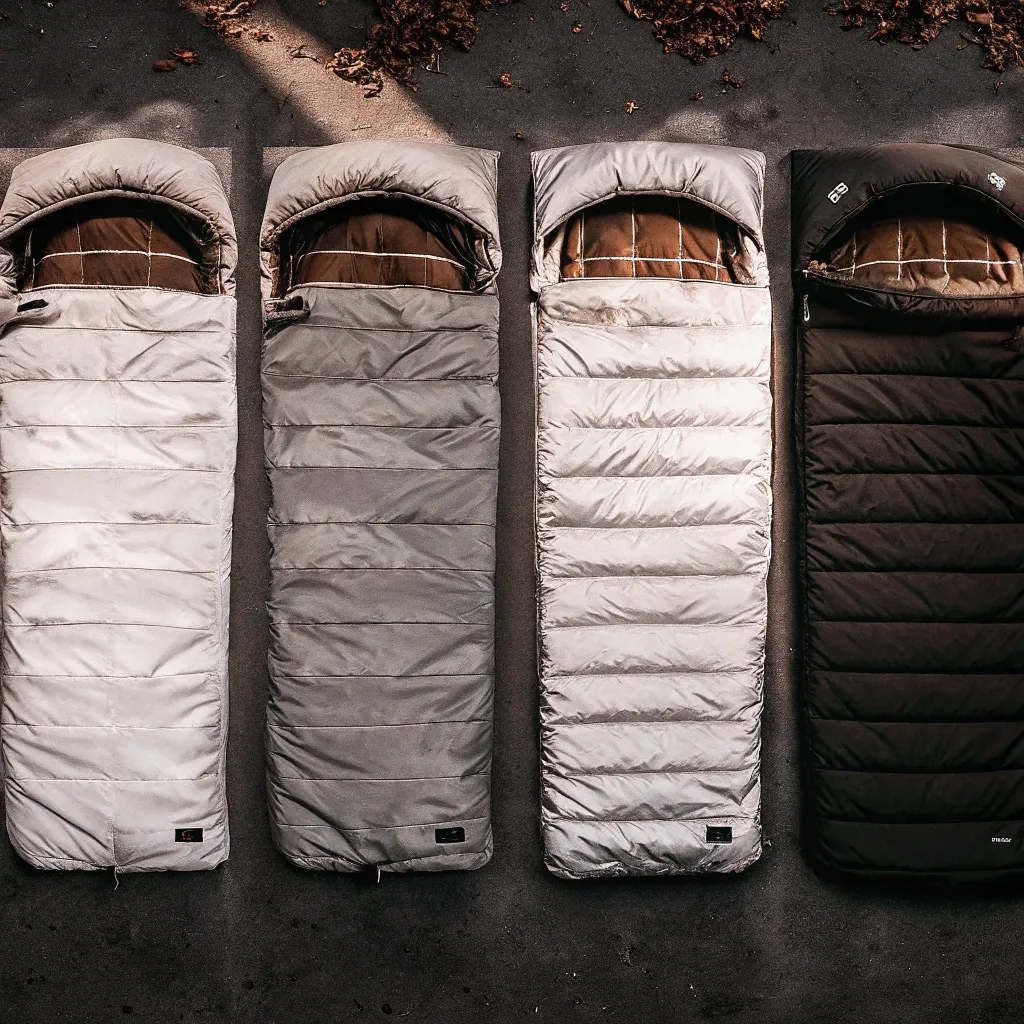
Disadvantages:
- Loses insulating properties when wet
- Longer drying time
- Typically more expensive
- Ethical concerns (though many brands now offer responsibly sourced down)
Down quality is measured by fill power—typically ranging from 550 to 900+. Higher numbers indicate better loft, warmth, and compressibility.
Synthetic Insulation: Reliable in Wet Conditions
Advantages:
- Maintains insulating properties when damp
- Dries quickly
- Generally less expensive
- Hypoallergenic
- Easier to care for
Disadvantages:
- Heavier and bulkier than down
- Less compressible
- Shorter lifespan (typically 5-7 years)
- Less breathable
According to Backcountry.com, synthetic bags are often the better choice for wet climates like the Pacific Northwest or for entry-level campers who may not be ready to invest in down.
Sleeping Bag Shapes and How They Affect Performance
The shape of your sleeping bag significantly impacts its thermal efficiency and comfort.
Mummy Bags: Maximum Warmth, Minimum Weight
Mummy bags taper from shoulders to feet, creating less dead air space to heat.
Best for:
- Backpacking
- Cold weather camping
- Those who don't move much in their sleep
Drawbacks:
- Restrictive for restless sleepers
- Can feel claustrophobic
Rectangular Bags: Roomy Comfort
These traditional-shaped bags offer more room to move but less thermal efficiency.
Best for:
- Car camping
- Warm weather
- Restless sleepers
- Those who feel claustrophobic in mummy bags
Drawbacks:
- Heavier and bulkier
- Less thermally efficient
Semi-Rectangular/Barrel Bags: The Compromise
These bags offer a middle ground between warmth and space.
Best for:
- Those who want some movement without sacrificing too much warmth
- Versatile camping in moderate conditions
I personally switched to a semi-rectangular bag last year and found it struck the perfect balance for my three-season adventures in the Midwest.
How Climate Should Influence Your Choice
Different environments demand different features from your sleeping bag.
Cold, Dry Climates (Mountains, Desert Nights)
- High-fill power down (800+) for maximum warmth-to-weight
- Mummy shape for thermal efficiency
- Draft collars and tubes to prevent heat loss
- Temperature rating at least 10-15°F below expected lows
Wet, Humid Climates (Pacific Northwest, Southeast)
- Synthetic insulation or treated water-resistant down
- Consider a bag with water-resistant shell fabric
- Slightly looser fit to allow moisture to escape
- Avoid cotton liners which retain moisture
Hot, Humid Climates (Tropics, Summer Camping)
- Consider a lightweight quilt instead of a full bag
- Look for bags with full-length zippers for ventilation
- Synthetic fills often feel less clammy than down
- Focus on breathable shell materials
Variable Conditions (Three-Season Use)
- Consider a layering system with a liner and shell
- Look for versatile temperature ranges
- Semi-rectangular shapes offer versatility
- Treated down offers good compromise
What Size Sleeping Bag Do You Need?
Finding the right fit is crucial for thermal efficiency and comfort.
Length Considerations
Most sleeping bags come in regular and long sizes:
- Regular: Typically fits people up to 6' (183 cm)
- Long: Usually accommodates heights up to 6'6" (198 cm)
- Women's specific: Often shorter and narrower in the shoulders, wider in the hips
The ideal fit allows you to fully extend without pushing against the ends of the bag, which compresses insulation and creates cold spots.
Width Factors
Shoulder and hip girth measurements determine how roomy a bag feels:
- Too tight: Compresses insulation and restricts movement
- Too loose: Creates excess air space that your body must heat
I've found that side sleepers and those who toss and turn need more room than back sleepers. If you're between sizes, consider how you sleep before deciding.
How Much Should You Spend on a Sleeping Bag?
Sleeping bags range dramatically in price from $50 budget options to $700+ premium down bags.
Budget Options ($50-$150)
- Typically synthetic fill
- Heavier and bulkier
- Good for occasional use and car camping
- May have comfort issues in extreme conditions
Mid-Range Options ($150-$300)
- Better quality synthetic or 600-700 fill power down
- Good balance of performance and value
- Suitable for regular weekend warriors
- Reasonable durability and comfort
Premium Options ($300+)
- High-fill power down (800+)
- Ultralight materials
- Best warmth-to-weight ratios
- Longest lifespan with proper care
- Advanced features and construction techniques
As one Redditor wisely noted, "Buy once, cry once. A quality sleeping bag is worth every penny when you're shivering at 12,000 feet."
I've personally found that the mid-range options offer the best value for most recreational campers, while serious backpackers will benefit from investing in premium bags.
Additional Features Worth Considering
Beyond the basics, several features can enhance your sleeping experience:
Hood Design
A well-designed hood that cinches snugly around your face can significantly improve warmth retention, as up to 30% of body heat can be lost through your head.
Draft Collars and Tubes
These insulated baffles prevent warm air from escaping when you move. They're essential for cold-weather camping but add weight.
Shell Materials
Water-resistant outer shells help protect insulation from moisture, while breathable fabrics prevent condensation inside the bag.
Zipper Considerations
Look for:
- Anti-snag zipper guards
- Two-way zippers for ventilation
- Left vs. right zip options (important when coupling bags)
Storage and Stuff Sacks
Always store your sleeping bag uncompressed in a large storage sack, and use the compression stuff sack only when traveling. Long-term compression damages insulation.
How Do I Care for My Sleeping Bag to Extend Its Life?
Proper maintenance can double the lifespan of your sleeping bag.
Basic Care Tips
- Always use a sleeping pad underneath for insulation and protection
- Consider using a sleeping bag liner to reduce washing frequency
- Air out your bag after each use before storing
- Store uncompressed in a large cotton or mesh storage sack
- Spot clean when possible instead of full washing
Washing Guidelines
- Follow manufacturer instructions exactly
- Use specialized down wash for down bags
- Front-loading washers only (no agitators)
- Gentle cycle with cold water
- Multiple rinse cycles
- Dry on lowest heat setting with clean tennis balls to break up clumps
- May require multiple drying cycles (especially down)
According to REI's expert advice, a properly maintained sleeping bag can last 10+ years of regular use.
What's the Right Sleeping Bag for You?
The perfect sleeping bag balances your specific needs for:
- The environments you'll be camping in
- Your personal temperature preferences
- Your camping style (car camping vs. backpacking)
- Your budget constraints
- How frequently you'll use it
When I replaced my inadequate bag after that miserable Rocky Mountain night, I ultimately chose a 20°F down bag with water-resistant treatment—slightly heavier than ultralight options but more versatile for the variable conditions I typically encounter.
Remember that no single sleeping bag is perfect for all conditions. Many serious outdoor enthusiasts eventually own multiple bags for different seasons and activities.
Your sleeping bag is one of the most important pieces of gear you'll buy. Take your time, do your research, and if possible, try before you buy. Your future well-rested self will thank you when you're waking up refreshed instead of shivering at 2 AM wondering where you went wrong.
What sleeping bag experiences have shaped your choices? Share your stories in the comments below!


